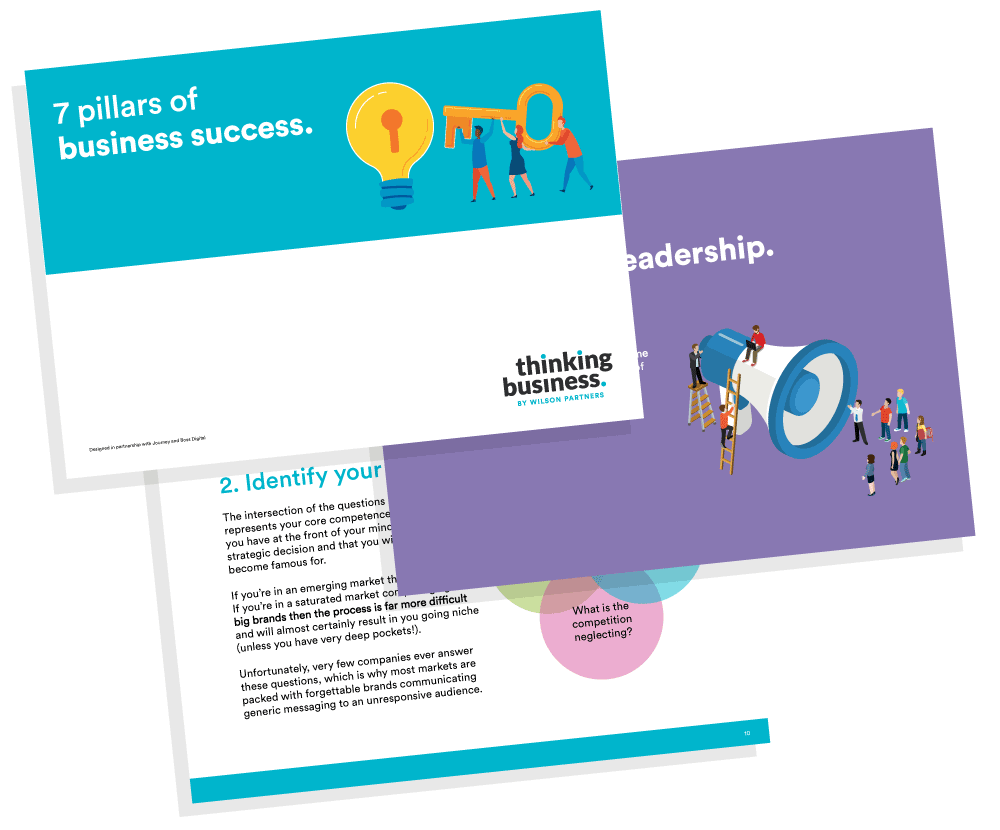
How new corporation tax changes will affect ‘associated companies’
The recent budget set out changes to corporation tax, with rates climbing to 25% from April 2023 for businesses with taxable profits in excess of £250,000, with a marginal rate of 26.5% with those with profits between £50,000 and £250,000. As always, there are various thresholds and bands to be aware of, and this is particularly relevant to ‘associated companies’.
For the uninitiated, an associated company is generally linked by way of control to another company. For example, a husband and wife with limited companies may also be shareholders in one another’s businesses.
There are also provisions within the legislation that can determine two linked companies as interdependent on each other if they have ‘substantial commercial interdependence’. Briefly, interdependence is defined as direct or indirect financial support between businesses, companies that share a similar economic objective or a common customer base, or ifcompanies share premises, management, employees or event equipment.
It is important to note that if the company is a passive holding company or has no trade or business, it will not be included in the calculation of associated companies.
Associated companies: So, what’s changing?
Jeremy Hunt’s budget announcement included significant changes to the Associated Companies for Corporation Tax rules. Specifically, how associated companies now ‘share’ marginal tax relief thresholds. This could drastically increase the tax bill for some companies, so it’s important to understand if and how you’re affected.
For example, three associated companies’ marginal tax relief will start at the lower profits level of £16,667 (rather than £50,000) with the upper profits limit being £83,333 (rather than £250,000). Obviously, the calculations here are pretty straightforward, but the effect on tax relief is a bit of a blow.
Marginal tax relief is in place to help businesses transition gradually from the standard small profit rate of 19% to the main rate of 25% of corporation tax. These rates can be calculated with HMRC’s handy new Marginal Relief Calculator, which is available here.
Taking advantage of Quarterly Instalment Payments (QIPs)
Typically, our clients would pay their corporation tax annually, however a company is classed as large (taxable profits between £1.5m and £20m) or very large (taxable profits in excess of £20m) payments may be due throughout the financial year which will have an impact on company cash flow. Payment dates will depend on the level of taxable profits and number of associated companies.
Our larger clients will likely shift to QIPs in light of the associated company tax changes. It’s important to note that QIPs are calculated on estimations, which can make the process more complicated and time-consuming than annual payments.
As always, we strongly advise getting in touch with an accountant or tax specialist to discuss QIPs in detail before you make any internal decisions.
Marginal rates examples
31 March 2024 – FY24
Taxable profits of £50,000, no associated companies
Based on the above, the thresholds for corporation tax do not need to be divided between associated companies. Due to the level of profit, tax will therefore be due at the small profit rate of 19%.
31 March 2024 — FY24
Taxable profits of £50,000, 2 associated companies
(all thresholds divisible by 3)
Corporation tax thresholds will be reduced as follows:
- Small profit rate: £16,667
- Main rate: £83,333
With taxable profits of £50,000, marginal relief will apply to profits between £16,667 and £50,000.
31 March 2024 – FY24
Taxable profits of £50,000, 5 associated companies
(all thresholds divisible by 6)
Corporation tax thresholds will be reduced as follows:
- Small profit rate: £8,333
- Main rate: £41,667
With taxable profits of £50,000, the company will be taxed at the main rate of corporation tax, being 25%.
In summary
These are big changes, so it’s important that you understand them, discuss them with your business partners, co-directors and shareholders, and seek professional advice going forward.
As we’ve discussed in previous articles, HMRC is leaving no stone unturned when it comes to everything from innocent mistakes to serious fraud, so get this right now to avoid potentially expensive mistakes in the future.
If you’d like to discuss the new CT rates and associated companies with us, please do get in touch. This may also be a good opportunity for us to advise you on the structure of your company or group of companies, and help you with additional areas of loss relief or taxation. We’d love to help.
Event
Webinar – Changes to the UK Trust Registration Service, May ’22
A short webinar and Q&A session with our Trust specialists Jodie Green and Sara Pedrotti. You can view the video and download the presentation here.

Download our free guide to the 7 pillars of business success
Read our free guide what you need to focus on to help you make better decisions and achieve your goals quicker.
Please complete our form to download the guide.
Sign up to receive alerts
Call us on 01628 770 770 for a no-obligation chat
You may also be interested in...
Meet the team in 90 seconds – Lesley Kibble
Introduce yourself Hi, I'm Lesley, outside of work I love to travel with my partner Lee and visit new places. I recently returned from Krakow, Poland…
Seeking investment: Getting your business fit for investment
Get your house in order before seeking finance, and you may not need it! Before looking for capital from external sources, it is paramount to ensure…
Meet the team in 90 seconds – Tom Bradbury
Introduce yourself Hi, I'm Tom and I am a Director in the Corporate Finance Team here at Wilson Partners. I started my career and did my training…




